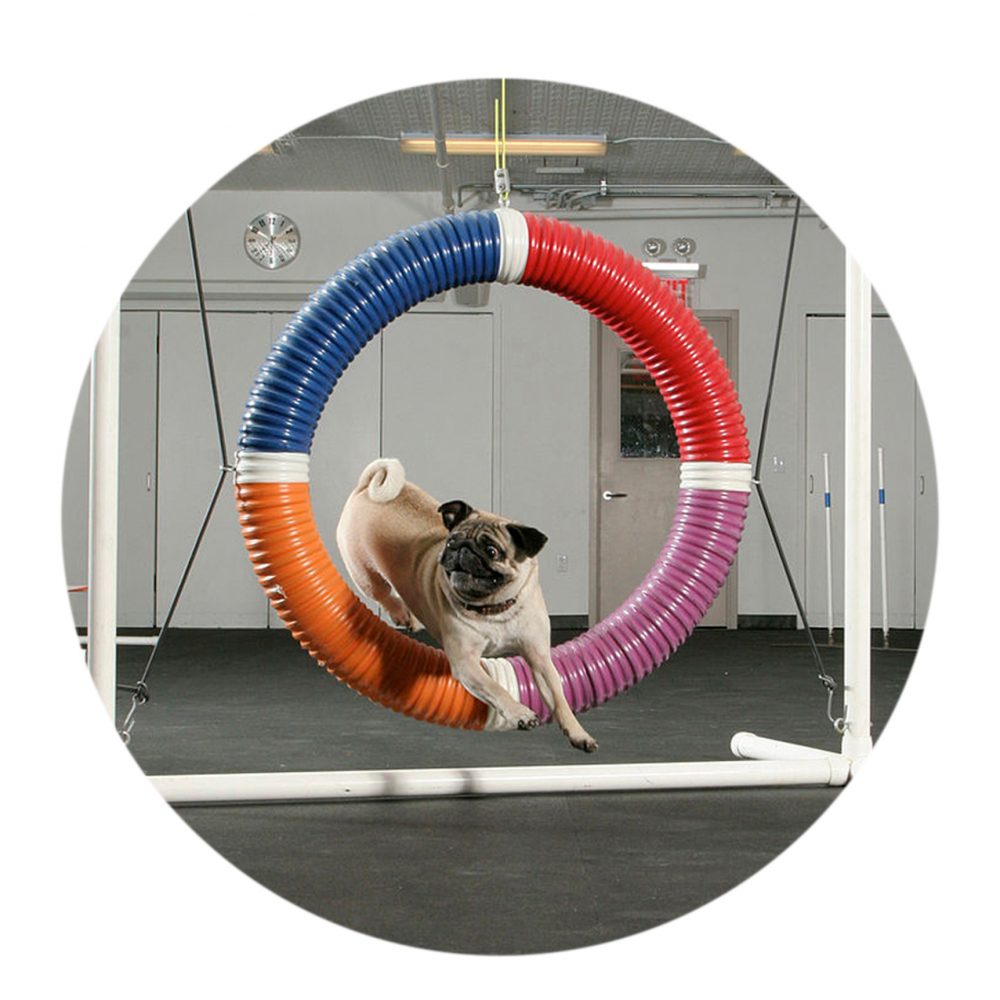Teaching your Pug to relax will, in the end, get him more love and attention. It is much easier to love a Pug when you’re not holding him back because he’s invading your personal space.
Teach them to relax. If you’re a Pug owner, it’s not a surprise that Mimi and Lulu are either at level zero (couch potato) or 100 (OMG!)
Someone’s coming to kill me with those nail clippers! No in-between. I bet your Pugs are the same way.
Someone knocks on the door, or another dog walks by on a leash. It must not feel great for Pugs either to be so frantic.
Teach your Pug to relax, and as a result, he will feel more confident.
But how do you teach your Pug to relax?
I taught my Mimi to “Place” on a cot. You don’t have to use a training cot. Likewise, you can use a pillow, blanket, or anything your Pug likes.
At first, Mimi was tense. She didn’t like the cot, but she learned to stay in that spot with a lot of praise and attention from me and feel relaxed. As a result, she’s learned to associate the cot with a place she can relax and feel good.
Now she stays on her cot when I answer the door and doesn’t try to dash out. She’s relaxed on her cot. It’s not a punishment, but rather keeping her safe and in the house.

